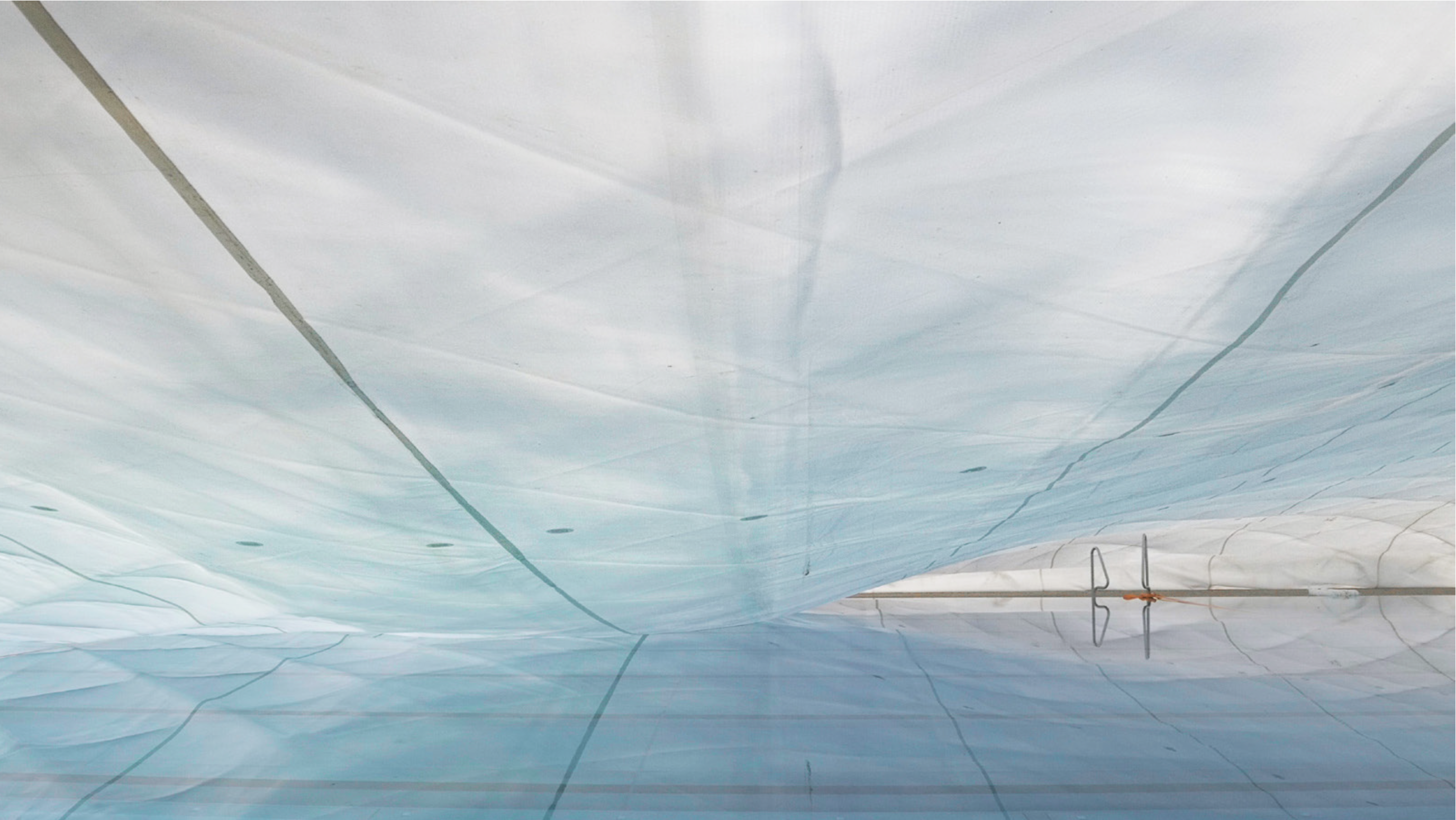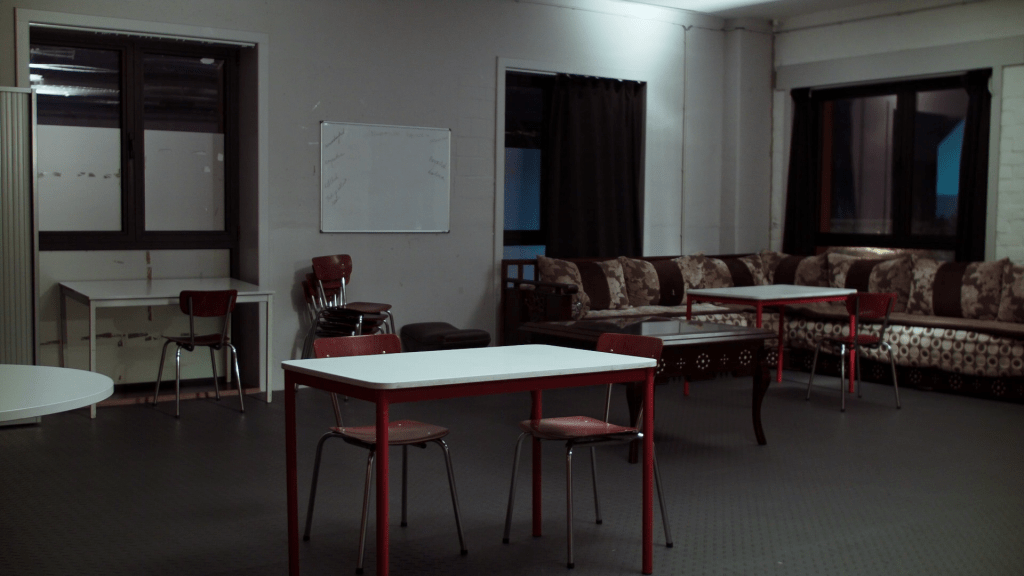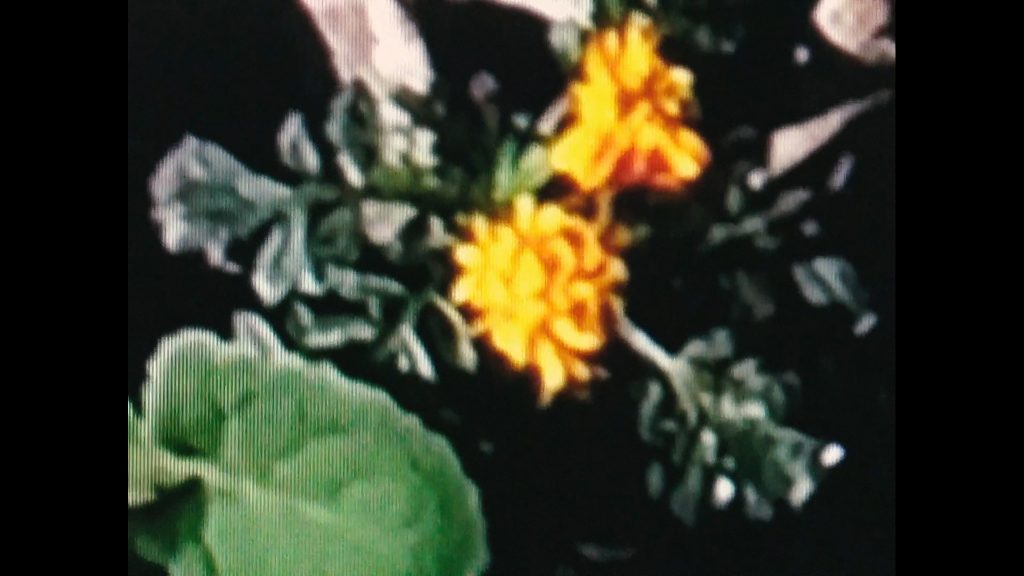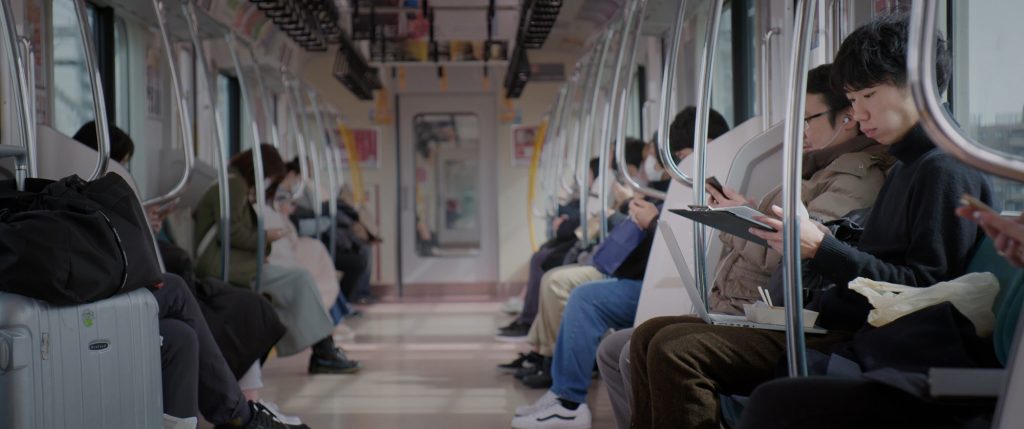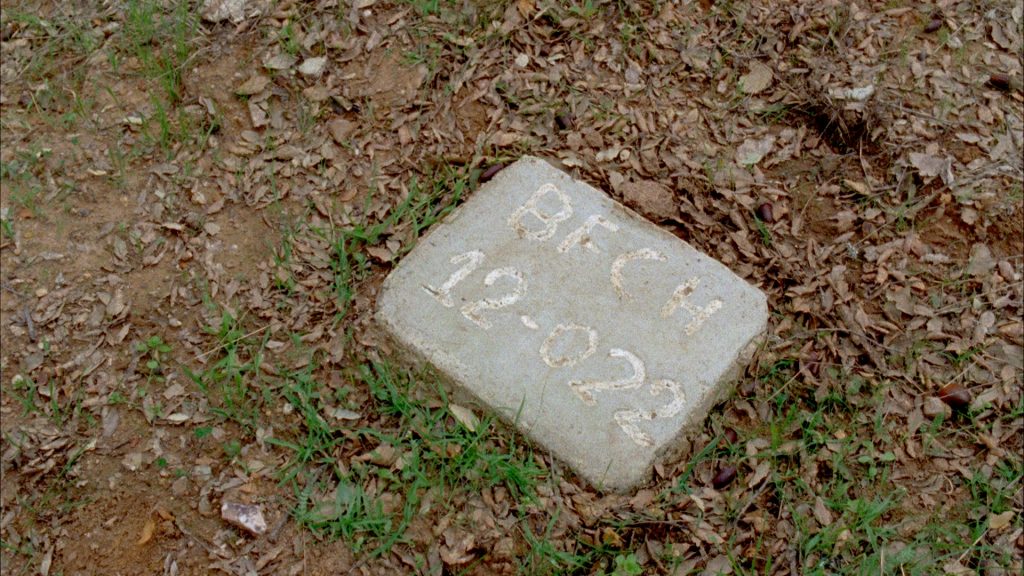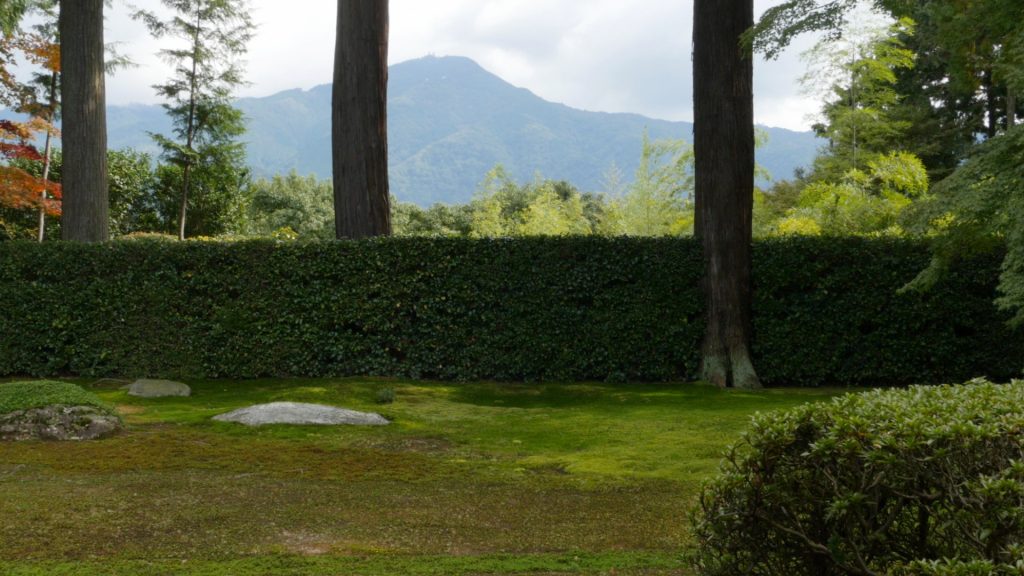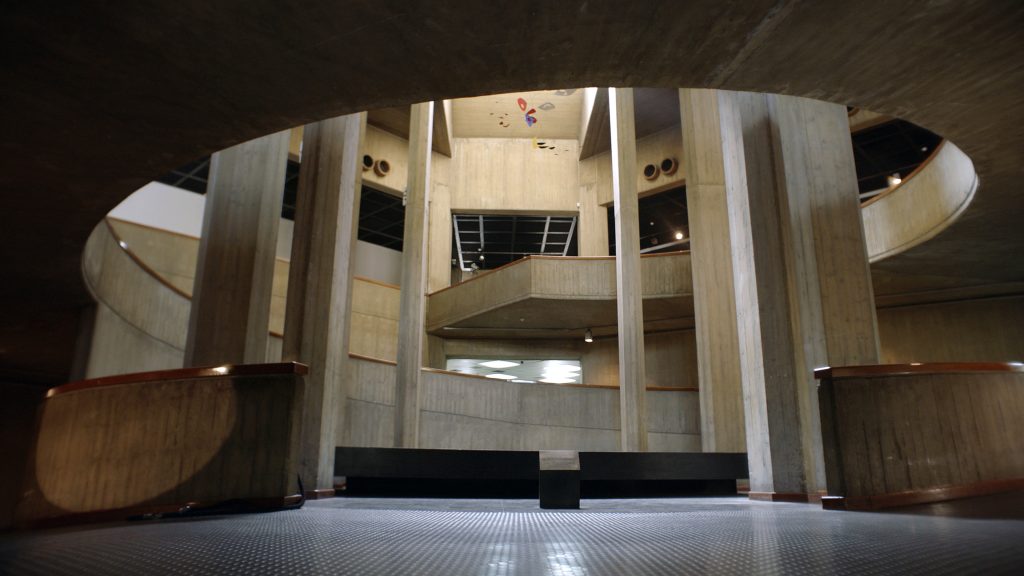Videograms. Porosity is a video space that reflects on the relationship between architectural forms and inner (human) worlds. Porosity here is a way of measuring the void, the emptiness, both physical and personal; yet it also may denote the permeability of both architectural partitions and social boundaries.
The distinction between public and private worlds is an invention of modernity, when architecture takes on the task of creating the inner world of an individual, which results not only in different typologies of interior spaces, but also in the emergence of a particular “topography” of the inner world. The book Interiors and Interiority (ed. Ewa Lajer-Burcharth and Beate Söntgen; De Gruyter, 2016) draws attention to Walter Benjamin’s take on the subject of the bourgeois class that was emerging at the time and who was the inhabitant of modern architectures: these interior spaces were instrumental in establishing the subject’s relationship with the outside world, withdrawing from it, or gaining control over it. Almost half a century later, the second-wave feminism questioned the naturalised demarcation of the private and the political and claimed that personal is political.
Porosity started by thinking about artistic engagement with the instability of the distinction between inner and outer worlds, seeking to register imprints of the personal on different architectural surfaces. In the exhibition, the works by Sam Williams, Laura Grace Ford, Robin Vanbesien, Shirin Sabahi and Daniel Schwarz open up different perspectives on the subject of porosity in relation to architecture, urban and social structures.
Interior spaces also become the environment for a special relationship between moving images and the viewer which keeps unfolding throughout the pandemic. Without the collectivity of cinema, the consumption of moving images became a very individualised, intimate practice. The “Videograms” duvet cover set displayed in the video room space was developed both as an artist edition and a functional design object as a collaboration by artist Vladas Suncovas, graphic designer Marek Voida and curators Monika Lipšic and Viktorija Šiaulytė. It was conceived precisely as a cover for an individualised consumption of films. At the same time, the print of diagrams on its surface may work like a map of the genealogy of ideas and innovations that represent the desire to be teleported to cinematic, virtual or imaginary worlds.
The pandemic period has also motivated the creation of the website www.videograms.online together with graphic designer Marek Voida, featuring an Online Room – a space to present artworks in an expanded and discursive format. Anastasia Sosunova’s When all this is over, let’s meet up! (2021, co-produced by Swallow and Videograms) is available on https://videograms.online as an extension of Porosity.
